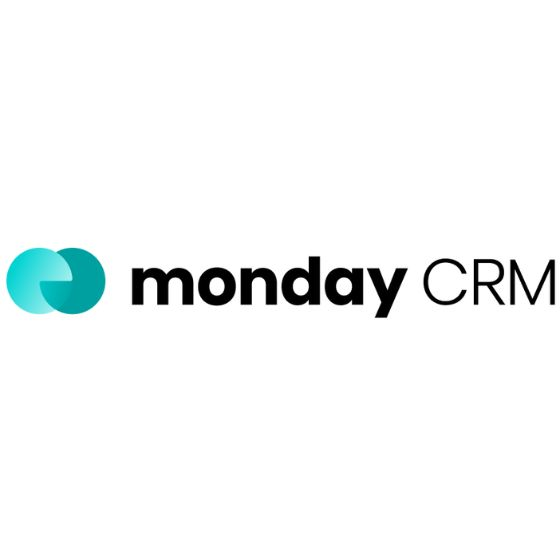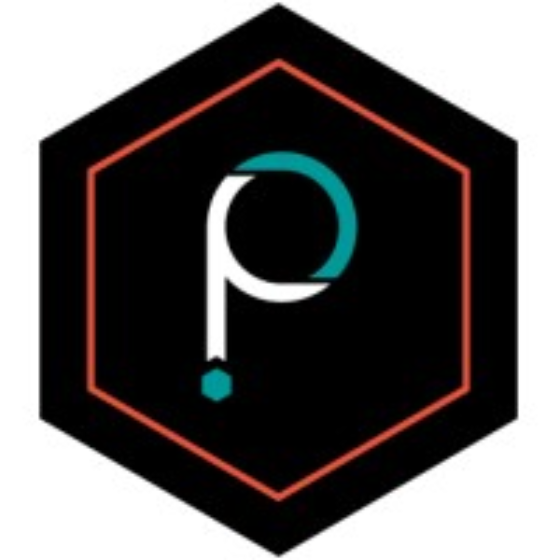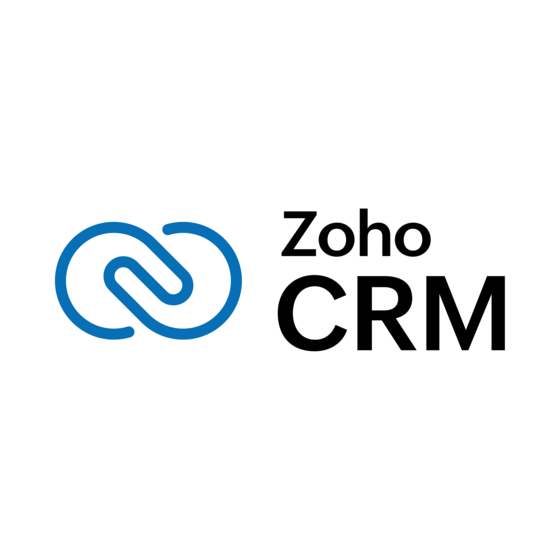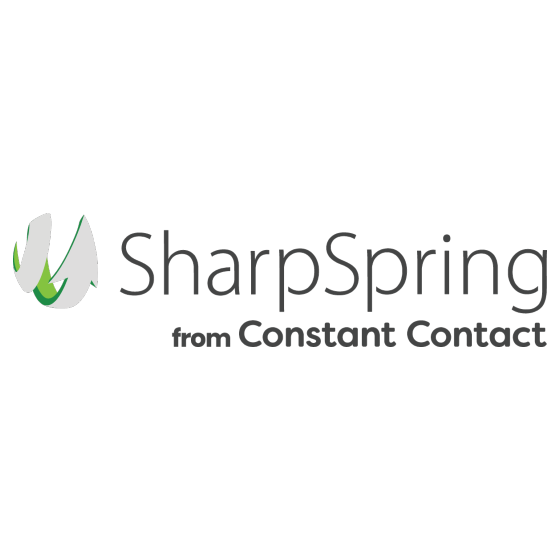Pricing varies based on the functionality you need (e.g., automation, lead scoring, pipeline management), how often you use the tool, and the service level your team requires.
Upfront cost isn’t everything; watch for add-ons and hidden fees (e.g., extra email campaigns, SMS, or chatbots) that can add up over time.
Focus on ROI and scalability, not just the sticker price, to ensure the software grows with your business needs and delivers long-term value. Use built-in metrics and dashboards to track outcomes like conversion rates.
Lead management software is more than a line item in your tech budget—it’s a growth engine. Understanding the actual costs, pricing models, and ROI of these tools helps CROs and tech leaders allocate resources wisely, streamline the sales process, and ensure every lead is captured, nurtured, and converted efficiently.
This guide’s for you if you’re a buyer, finance lead, or department head managing budgets or procurement. You need precise numbers to make an informed decision about lead management software costs.
I'll cover typical cost ranges, pricing models, hidden fees, and how to evaluate ROI. Let’s make sure your team gets the right software without surprises—whether you’re comparing standalone tools or CRM-native lead management tools.
What Factors Influence Lead Management Software Cost Pricing?
Choosing the right platform can be challenging when pricing varies based on factors such as seat count, sales process complexity, and reporting features. Here’s what to consider:
| Factor | How It Affects Pricing |
| Seats Included | The more team members you add, the higher the cost. Typically, expect to pay an additional $20–$100 per user/month, depending on functionality. |
| Pipeline Stages | More complex sales processes with additional sales pipeline stages can increase costs ($10–$50/month) for advanced pipeline management. |
| Reporting Features | If you need detailed analytics, real-time dashboards, and email tracking, expect to pay $30–$150 more per month. |
| Custom Integrations | Connecting to CRM/CRM systems (e.g., Salesforce, HubSpot, Zoho CRM), Slack, or social media may incur fees; custom APIs can range from $50 to several hundred dollars monthly. Contract software management—including linking contract quotes to leads or CRM workflows—can drive up customization, integration, and maintenance costs. |
| Support Level | Premium customer support (24/7 or dedicated CSM) can add $100–$500/month. |
Lead Management Software Cost Price Comparison
| Tool | Best For | Trial Info | Price | ||
|---|---|---|---|---|---|
| 1 | Best for B2B SMBs | 30-day free trial | From $29/user/month (billed annually) | Website | |
| 2 | Best for customizable sales automation | 14-day free trial | From $12/user/month (billed annually, min. 3 seats) | Website | |
| 3 | Best for visual sales pipeline management | 14-day free trial | From $14/user/month (billed annually) | Website | |
| 4 | Best for advanced lead validation | Free trial available | From $2500/month | Website | |
| 5 | Best for AI-driven sales insights | 15-day free trial | $14/user/month (billed annually) | Website | |
| 6 | Best for outbound lead management | 7-day free trial available | From $25/month | Website | |
| 7 | Best for CRM and marketing automation | Free demo available | Pricing upon request | Website | |
| 8 | Best for conversational marketing | Free demo available | From $2,500/month (billed annually) | Website | |
| 9 | Best for creating personalized landing pages | 14-day free trial | From $90/month (billed annually) | Website | |
| 10 | Best for omnichannel customer support | Free demo available | From $89/user/month (billed annually) | Website |
Understanding Pricing Models
When choosing lead management software, understanding pricing models helps you align costs with your team's needs. While the pricing model determines how you pay, the cost is what you actually spend. Here's a breakdown of standard pricing models:
| Pricing Model | How It Works | What to Watch For |
| Per user or seat | You pay based on the number of users accessing the software | Costs can spike as sales teams scale |
| Per usage | Pay based on new leads, lead data, or outreach volume | High email campaigns/SMS/messaging can trigger overages |
| Tiered subscription | Different pricing tiers offer varying features and limits | Ensure the tier includes automation, lead nurturing, lead scoring, and workflow features you need |
| Custom quote | Quotes based on use cases and integrations | Useful for complex seamless integration needs; negotiate terms |
| Pay-as-you-go or annual | You pay monthly or annually, with discounts often for annual commitments | Annual discounts are common, but require upfront commitment |
Typical Pricing by Company Size
Pricing scales with company size, affecting how you budget for lead management software. Knowing what to expect helps you choose the right fit for your team:
| Company Size | Typical Price Range | What’s Usually Included | Common Use Cases & Vendors |
| Small business | $20–$100/month | Automation, workflow builders, lead tracking software, segmentation, and landing pages | Starter lead management system: HubSpot free plan, Zoho CRM |
| Mid-size business | $100–$500/month | Advanced analytics, marketing automation, AI-powered routing, and deeper CRM software integrations | Global teams: Oracle, SAP |
| Large business | $500–$1,000/month | Custom integrations, drag-and-drop builders, robust customer support, and governance | Complex sales processes; Salesforce, Microsoft Dynamics |
| Enterprise | $1,000+/month | Multi-user lead management tools: Pipedrive, Freshsales | Global teams; Oracle, SAP |
Hidden & Add-On Costs to Watch For
When deciding on lead management software, hidden costs can sneak up on your budget. Onboarding fees, premium support, and overage charges are common surprises. Here's what to watch for:
| Hidden/Add-On Cost | Description |
| Onboarding/setup fees | Many vendors charge a one-time setup fee, ranging from $500 to $2,000, to get your system up and running. Vendors like Salesforce often have these fees to cover initial configuration. |
| Training or certifications | Ongoing training or certification can add up, with costs ranging from $100 to $500 per session. HubSpot, for example, offers paid courses to help your team get the most out of their tools. |
| Premium support | Accessing priority support or dedicated account managers might cost extra, typically $100 to $500 per month. Zoho offers tiered support plans with varying costs. |
| Integrations beyond standard set | Connecting with tools outside the standard integrations can incur additional costs, such as contract management software. Extra charges for Salesforce/Slack/social media or additional API access. |
| Usage overages | Exceeding limits on email campaigns, email tracking, SMS, or new leads. Costs can vary widely, with Freshsales charging for additional contacts beyond plan limits. |
| Contract minimums | Some vendors require minimum contract terms, locking you into costs for a year or more. Microsoft Dynamics often requires a year-long commitment. |
| Compliance or legal updates | Updates to meet new compliance standards can result in additional fees, especially for industries with strict regulations. Vendors like Oracle may charge for updates to ensure compliance with new legal requirements. |
Types of Lead Management Software Cost Pricing: Subscription Plans & Upgrade Triggers
Lead management software often uses subscription pricing, offering various plans with specific features and upgrade triggers:
- Plan Tiers: Most vendors (e.g., HubSpot, Zoho CRM) offer Starter, Pro, and Enterprise. Starter covers lead capture, basic follow-ups, and email marketing; higher tiers add marketing automation, lead scoring, workflow builders, and AI-powered conversation/routing.
- Upgrade Triggers: Exceeding user limits, needing deeper CRM integrations (e.g., more Salesforce API calls), or advanced analytics will push you to higher tiers.
- Annual vs. Monthly Discounts: Vendors frequently offer discounts for annual payments to encourage long-term commitments. Monthly plans might be more flexible, but usually cost more over time.
- Transparent Pricing: Some tools are open; others require custom pricing. Always verify what’s included (templates, landing pages, chatbots, apps) to avoid surprises.
To avoid overspending, evaluate your actual needs and usage patterns carefully. Choosing the right plan from the start can save your team money by avoiding unnecessary upgrades.
Maximizing ROI from Your Lead Management Software Cost Investment
ROI should guide your buying decisions, and tracking it post-implementation ensures your investment delivers value:
Time Saved
Automation and workflow tools reduce manual tasks like follow-ups and outreach, helping sales reps streamline daily work and close deals faster. Ask vendors what manual processes their software can replace and estimate how much time your team could get back. Consider questions like: What specific tasks will this automate? How does it integrate with existing systems to save time? Request vendors to demonstrate these time-saving features in a typical use case to see real benefits.
Error Reduction
Structured lead management process elements (field rules, lead qualification stages, and permissions) help maintain accurate contact information and lead data. Ask vendors how data validation or control is handled across the platform. Consider questions like: What safeguards are in place to prevent data entry errors? Request demonstrations of these features to see how they maintain data integrity
Compliance Avoidance
Centralized customer interactions and logged customer journey touchpoints simplify audits and reduce risk. Ask vendors for examples of how their system helped avoid compliance gaps. Consider questions like: How does this tool ensure adherence to regulations? Ensure the platform meets your compliance needs before committing.
Cross-Team Adoption or Consolidation
Using one tool across multiple teams can reduce costs and improve alignment. Evaluate whether the software could replace multiple tools and which teams would realistically use it. An all-in-one platform that combines CRM, lead tracking software, marketing tools, and email marketing reduces vendor sprawl and improves seamless integration across teams.
Ask vendors for rollout stories across functions to understand cross-team adoption. Consider questions like: What departments could benefit from this tool? How does it encourage collaboration? This approach can lead to cost savings and more efficient operations.
Questions to Ask Vendors During Pricing Demos
Demos are your team’s best chance to clarify pricing, understand what’s included, and avoid surprises. Come prepared with questions to get the most out of this opportunity. Consider drafting a lead management software cost RFP to organize your priorities.
Here’s what to ask:
- How is your pricing structured, and what’s included in each tier (e.g., automation, lead nurturing, lead scoring, templates)?
- How often are we billed, and what are the renewal terms?
- What features are restricted to higher pricing tiers (e.g., AI-powered routing, real-time scoring, dashboards)?
- Are there any usage caps on email campaigns, SMS, messaging, or web forms, and what happens if we exceed them?
- What are the onboarding and support fees, and what SLA does customer support offer?
- Which CRM software integrations are native (e.g., Salesforce, HubSpot, Zoho CRM) and which require custom work? What are the limits?
- Do you provide landing pages, drag-and-drop builders, or apps as part of the plan?
- Can you break down any hidden fees we might encounter?
- Is custom pricing available if our sales teams or sales pipeline expand mid-term?
Tips for Negotiating Lead Management Software Cost Pricing
Pricing is often flexible, and being well-prepared can lead to better outcomes. Strong negotiation tactics can help your team secure favorable pricing and contract terms without losing essential features. Consider these practical tips to negotiate effectively:
- Benchmark Competitors: Research what competitors are paying for similar software. Use this information to argue for better rates or additional features.
- Discount Opportunities: Ask about discounts for startups, nonprofits, or long-term commitments. Vendors often have special pricing for certain groups, which can save your team money.
- Pilot Programs: Propose a pilot program or phased rollout to test the software at a lower cost. This approach can help you evaluate the product before full commitment.
- Renewal and Lock-In Clauses: Pay attention to renewal terms and lock-in clauses. Negotiate flexibility in contracts to avoid being stuck with unfavorable terms over time.
- Group Buying: Leverage group buying power or procurement support to negotiate better deals. Joining forces with other departments or companies can strengthen your bargaining position.
What’s Next
If you're evaluating lead management software or shortlisting the best lead management software, connect with a SoftwareSelect advisor for free recommendations.
You’ll receive a tailored shortlist that aligns with your business needs, sales process, and integration stack (CRM, Slack, Salesforce)—plus assistance in comparing pricing, features, and time-to-value, so your team can select the right software.












